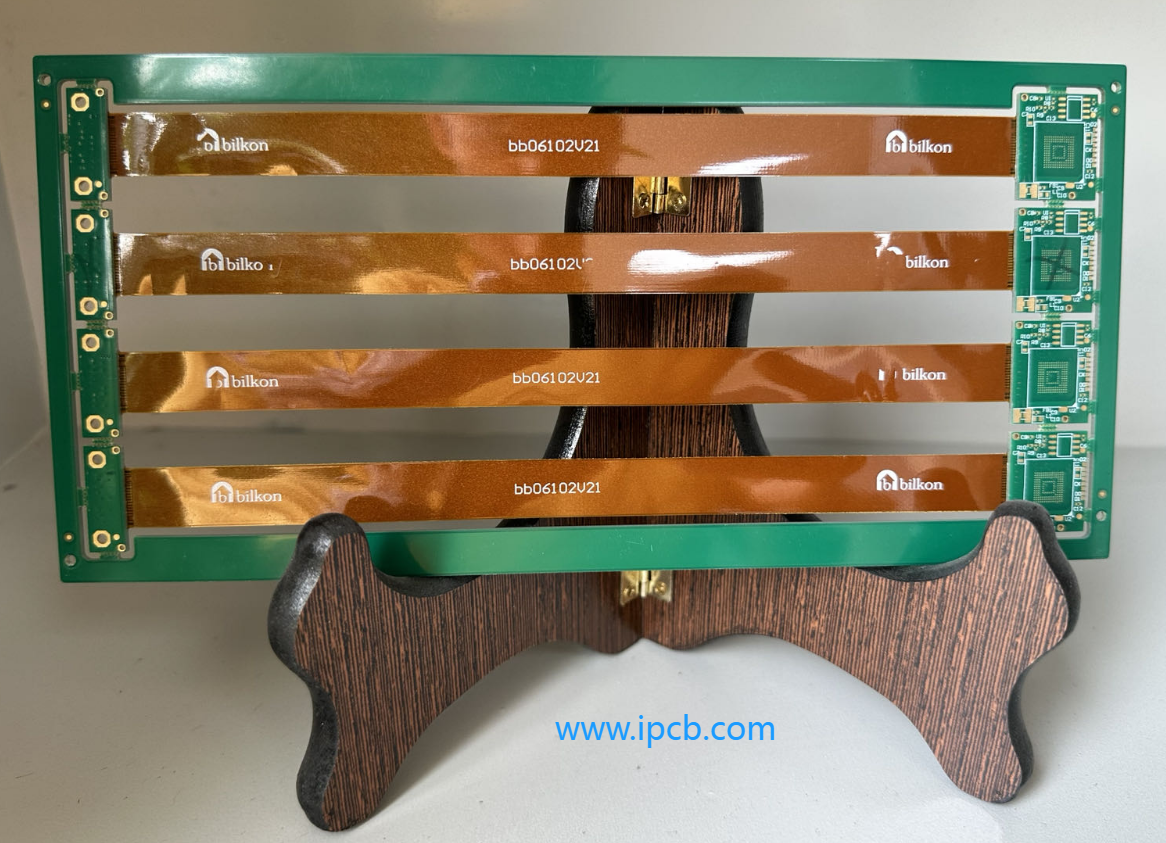- 15
- Mar
Next-Gen PCB Technology and Mobile Device Evolution
In the fast-paced world of technology, where mobile phones are getting smarter, lighter, and thinner by the day, it’s crucial to understand the intricate advancements happening within their very core – the Printed Circuit Boards (PCBs). These tiny but mighty components play a pivotal role in shaping the future of our handheld devices, and here’s why you should pay attention.

The Rise of Soft Board (FPC) and SLP in PCBs:
As mobile phones evolve towards sleeker designs, there’s a growing demand for flexible circuit boards (FPC) and Substrate-Like PCBs (SLP). These advancements allow for further miniaturization and integration of internal components, promising more intelligent and efficient devices.
Apple’s Influence and Supply Chain Growth:
The recent announcement of Apple’s new products has not only fueled excitement among consumers but has also spurred significant growth within the supply chain. Manufacturers like Zhending, Taijun, Yaohua, and Huatong have witnessed a surge in revenue, thanks to the anticipated demand for components.
Embracing Advanced Circuit Processes:
To keep up with the trend of thinner circuits, manufacturers are shifting towards advanced processes like modified semi-additive methods (mSAP) and advanced semi-additive methods (amSAP). These methods, adopted by industry giants like Apple and Samsung, enable finer lines and pave the way for future innovations.
Technological Innovations Driving HDI:
High-Density Interconnects (HDI) are at the forefront of technological development in PCBs. With demands for thinner circuits and smaller vias, technologies like Pico Second or Femto Second laser drilling machines are becoming indispensable. Additionally, the emergence of Fan Out Wafer Level Packages (FoWLP) necessitates stringent requirements on board warpage and precision.
Expanding Applications Beyond Smartphones:
While smartphones remain the largest market for PCBs, other portable devices like smartwatches are emerging as potential application markets. This diversification prompts manufacturers to invest in HDI capabilities, albeit with some catching up to leading countries like Taiwan, Japan, Europe, and the United States.
The Future of SLP and PCB Technology:
Despite being in its nascent stages, Substrate-Like PCB (SLP) technology holds immense promise for the future. As more manufacturers invest in SLP production lines and technologies, we can expect a surge in applications across various industries. This symbiotic relationship between supply and demand signifies a paradigm shift where the supply of advanced technologies stimulates further demand.
In Conclusion:
The evolution of PCB technology is intricately linked with the advancements in mobile devices. From the adoption of flexible and substrate-like boards to the embrace of advanced circuit processes, manufacturers are constantly pushing the boundaries of innovation. As we navigate through this technological landscape, it’s essential to recognize the pivotal role PCBs play in shaping the future of our handheld devices. Stay tuned as we witness the exciting transformations yet to come in the world of PCBs and mobile technology.
